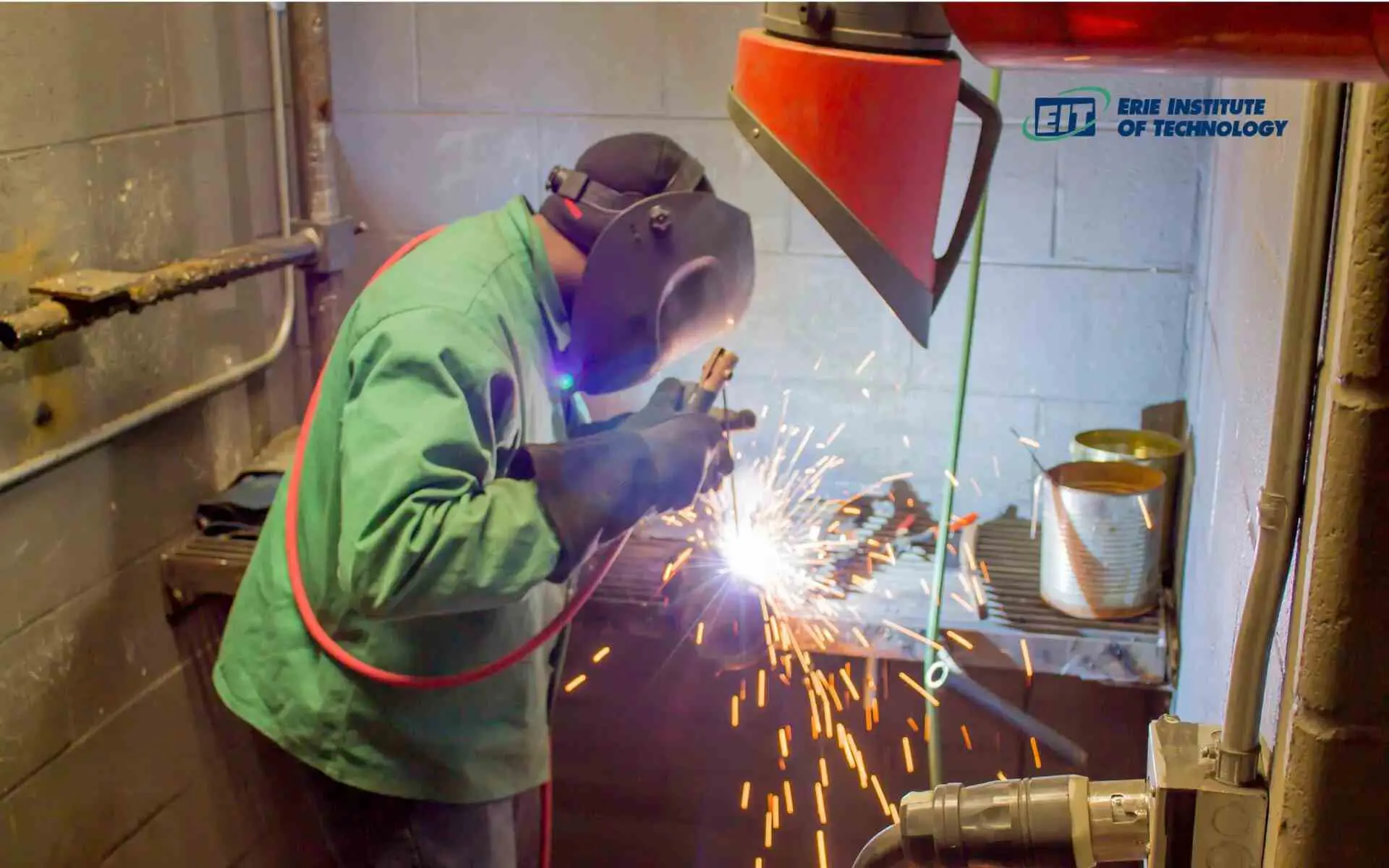Optimizing Your Welding WPS: Methods for Improved Performance and Effectiveness
Optimizing Your Welding WPS: Methods for Improved Performance and Effectiveness
Blog Article
The Ultimate Guide to Welding WPS Procedures: A Comprehensive Introduction for Welders
In the complex world of welding, Welding Treatment Specs (WPS) offer as the backbone of making sure top quality, uniformity, and safety and security in welding operations (welding WPS). As we delve right into the various elements of a WPS and explore the complexities of credentials and qualification, we will certainly reveal the important role these treatments play in the realm of welding.
Importance of WPS Procedures
Comprehending the relevance of Welding Procedure Requirements (WPS) procedures is critical for making certain the top quality and integrity of welded structures. WPS treatments function as a roadmap for welders, describing the necessary actions, parameters, and materials needed to attain an audio weld. By sticking to WPS standards, welders can make sure uniformity in their work, causing reputable and structurally audio welds.
One of the primary reasons that WPS treatments are important is their duty in preserving weld top quality and stability. Adhering to the defined welding parameters and techniques outlined in the WPS aids protect against defects such as porosity, cracking, or insufficient fusion, which can jeopardize the strength and longevity of the weld. Furthermore, WPS treatments are crucial for guaranteeing compliance with market requirements and codes. By following recognized WPS standards, welders can show that their job satisfies the required demands for security and high quality, giving assurance to clients, examiners, and governing bodies. Fundamentally, the relevance of WPS treatments can not be overemphasized, as they are essential to attaining consistent, top quality welds that satisfy industry requirements and requirements.

Components of a WPS
A Welding Treatment Requirements (WPS) normally consists of crucial components that information the certain requirements for executing a weld, guaranteeing consistency and high quality in the welding process. The essential parts of a WPS include vital variables such as base metals, filler steels, interpass and preheat temperature levels, welding processes, shielding gases, welding settings, and post-weld warmth treatment needs.
Base metals describe the products being joined, while filler metals are made use of to fill the void between the base steels during welding. Preheat and interpass temperatures are critical for managing the heat input and stopping issues like breaking or distortion. The welding process describes the specific technique to be made use of, whether it's gas steel arc welding (GMAW), shielded steel arc welding (SMAW), or one more method. Shielding gases shield the weld swimming pool from atmospheric contamination. Welding settings define the alignments in which welding can be done. Post-weld warm treatment may be needed to alleviate tensions and enhance the weld's homes. A complete understanding of these parts is crucial for creating a comprehensive and efficient WPS.

Certification and Certification
Having established the essential elements see of a Welding Procedure Spec (WPS), the emphasis currently changes towards the essential facets of certification and accreditation in welding techniques.

Certification, on the various other hand, is the formal recognition of a welder's certifications by a pertinent qualification body or organization. Welding accreditations are normally based on the specific welding processes, materials, and settings a welder is certified to deal with. Holding a valid welding qualification demonstrates that a welder meets sector standards and is skilled to do welding tasks to the needed requirements.
Producing a WPS
To develop a Welding Treatment Requirements (WPS) that satisfies industry criteria, careful consideration of welding processes, materials, and operational parameters is essential (welding WPS). The initial step in producing a WPS is to identify the welding procedure to be made use of, such as gas metal arc welding (GMAW) or secured metal arc welding (SMAW) Once the welding process is established, the following important element is picking the ideal products, considering aspects like base steel type, density, and joint design. Functional specifications such as welding present, voltage, traveling rate, and shielding find out this here gas make-up need to likewise be diligently specified in the WPS.

Executing and Keeping An Eye On WPS
Upon wrapping up the extensive Welding Procedure Specification (WPS) that meticulously details welding procedures, products, functional parameters, and top quality assurance actions, the emphasis shifts to efficiently carrying out and keeping track of the well-known procedures. Application entails ensuring that all welders included in the job are familiar with the WPS and follow it meticulously during the welding procedure. Reliable execution and tracking of the WPS are vital for making certain the stability, stamina, and security of the welded joints, eventually contributing to the general success of the welding project.
Verdict
Finally, understanding and following Welding Procedure Requirements (WPS) is vital for welders to guarantee quality, uniformity, and safety in their work. By recognizing the elements of a WPS, obtaining appropriate credentials and accreditations, developing thorough procedures, and applying and monitoring them successfully, welders can basics enhance their skills and efficiency in welding methods. Abiding by WPS procedures is vital for generating high-quality welds and conference industry standards.
In the complex globe of welding, Welding Treatment Requirements (WPS) offer as the backbone of ensuring top quality, uniformity, and security in welding procedures. The welding procedure details the particular strategy to be used, whether it's gas steel arc welding (GMAW), shielded metal arc welding (SMAW), or one more approach.To develop a Welding Procedure Requirements (WPS) that fulfills industry standards, mindful factor to consider of welding procedures, products, and operational specifications is important. The first step in creating a WPS is to identify the welding process to be utilized, such as gas steel arc welding (GMAW) or secured steel arc welding (SMAW)Upon settling the comprehensive Welding Procedure Requirements (WPS) that diligently information welding processes, materials, operational criteria, and high quality guarantee procedures, the emphasis moves to properly carrying out and monitoring the established treatments.
Report this page